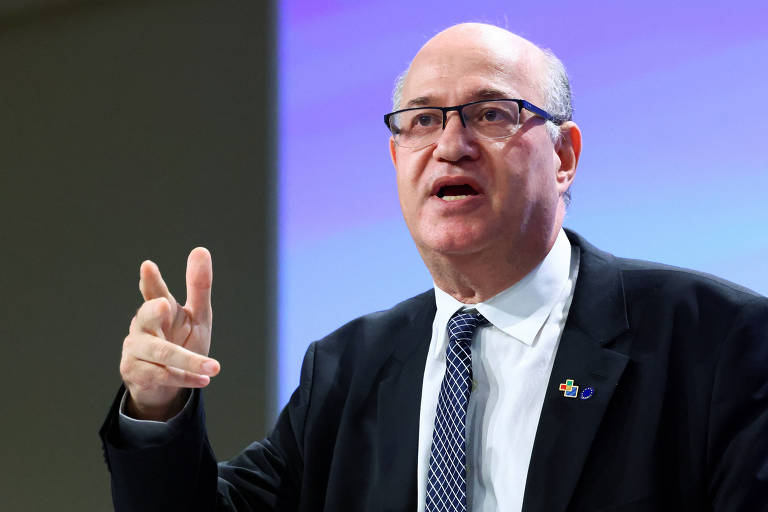While heads of state of the Amazonian countries gathered by President Lula (PT) ask for more resources for the protection of forests, the president of the IDB (Inter-American Development Bank), Ilan Goldfajn, points to a limitation of donations by developed countries and the need for another strategy, on the part of the banks: to multiply the resources.
"Going from billions to trillions" is imperative, says Goldfajn in an interview with Folha, given amid a series of announcements of new partnerships between the IDB and governments and banks during the Amazon Summit, which took place last week in Belém.
Goldfajn admits the difficulty of keeping track of the developments of initiatives announced at major conferences. For him, there is a lack of coordination — something that the IDB proposes to do by uniting regional actors in the implementation of projects, through the umbrella program Amazônia Sempre ( Always Amazon)
He mentions financial innovations, such as the conversion of debts for investments in nature and the possibility of creating Amazonian bonds, and also explains what is missing for a reform of the development banks. One of the tensions that need to be resolved in the short term, he assesses, is budget competition between social and climate issues.
"If you invest in climate, fewer people are going to be displaced [by disasters], so that helps combat poverty. But in the short term, if you look at the World Bank budget, for the first time it had more money going towards climate than towards social issues, then there is this tension", he says.
Translated by Cassy Dias
